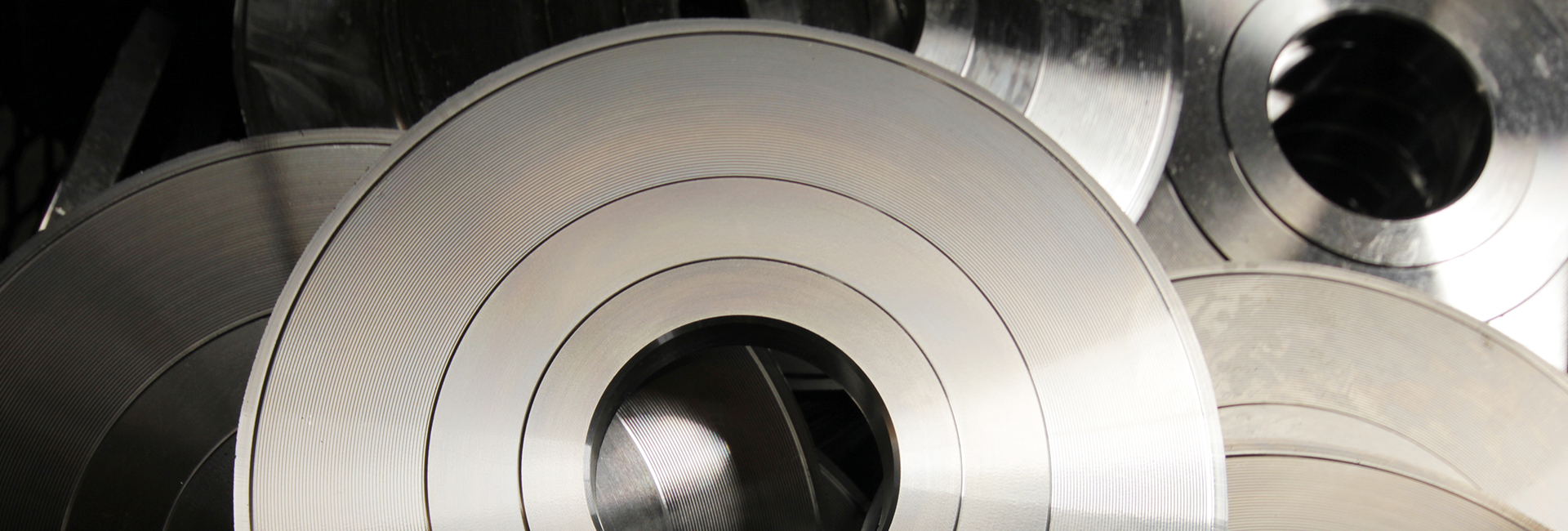Carbon Steel or Stainless Steel? what is the difference. We often get confused between the two and find it difficult to choose the appropriate one out of these two significant players in the realm of steel engineering. Sree Metaliks Ltd continues to pioneer in iron mining and steel manufacturing and so we are here with an all-inclusive blog which will help you to understand the differences between stainless steel and carbon steel.
|
Table of Content
|
First, let's take a brief look at their features.
What is Stainless Steel?
Stainless steel is a corrosion-resistant alloy made typically with nickel, chromium, iron, and several other elements. The most crucial and unique element added to this steel type is chromium, which forms a thin and protective oxide layer on the steel surface. This protective coating prevents corrosion and rust. As a result, stainless steel is extremely durable and has diverse applications.
Stainless steel finds its uses in numerous industries like automotive, construction, medical equipment, and kitchenware. It showcases superior resistance, strength, and aesthetic appeal, making it a preferable choice in the construction and manufacturing industries. Stainless steel is classified into various types, including Ferritic, Austenitic, Precipitation-Hardening, Martensitic, Cast, and Duplex. This classification is done based on the crystalline structure of each type. If the carbon content in stainless steel goes above 1.2%, its stainless property reduces. Therefore, leading and reputed manufacturers like Sree Metaliks who deliver high-quality steel products, are very careful about adhering to the carbon content limits.
Read More: A Comprehensive Guide to Various Types of Stainless Steel
What is Carbon Steel?
Carbon steel, as the name suggests is an alloy composed mainly of iron and carbon with carbon forming 2.1% in weight. Carbon steel is primarily used in the manufacturing industry as it has some great advantages like versatility, strength, and affordability. While the main alloying element in stainless steel is the expensive chromium, carbon steel becomes lesser costing due to its main alloying element being carbon.
The main features of carbon steel, like hardness and strength, come from its carbon content, making it suitable to be used in machinery, construction, and tools. Based on its strength, this steel is further classified into low, medium, and high carbon steel.
Difference Between Stainless Steel and Carbon Steel
After having learnt about both, stainless steel and carbon steel, let us differentiate between the two based on several factors.
Composition
The basic factor differentiating between these two steel types is their composition. Both types of steel have different composition. Stainless steel is an alloy of chromium, phosphorus, carbon, silicon, sulphur, manganese, nickel, and molybdenum with a minimum of 10.5% chromium content by mass and a low carbon content of not more than 1.2%.
Carbon steel on the other hand is composed of Silicon, Manganese, Copper, iron and Carbon and contains around 2.1% carbon content by weight.
Magnetic Properties
Carbon steel which is composed of iron and steel shows magnetic properties due to the magnetic properties of its constituent elements. On the other hand, only certain classifications of stainless steel possess magnetic properties. While Austenitic stainless steel does not possess magnetic properties martensitic and ferritic stainless steel might show magnetic properties due to the presence of iron.
Carbon Content
Another crucial aspect to consider in this post is carbon content. Each of these steel types has a different carbon content. Stainless steel has limited carbon content, while carbon steel has greater content. The maximum carbon percentage in stainless steel is 1.2% by weight. On the other hand, in carbon steel, it is around 2.1% by weight.
Corrosion Resistance
The next factor that must be considered in this differentiation is the corrosion resistance ability of each. Both the steels significantly differ from one another based on this aspect. Carbon steel is majorly composed of carbon and steel. As a result, it is susceptible to corrosion due to harsh weather conditions and long exposure to moisture. When it comes in contact with water, a layer of iron oxide is formed, leading to corrosion. The corrosion resistance of stainless steel is commendable. It has high resistance to weather elements and withstands harsh weather conditions. This property of stainless steel is due to its chromium content that forms an oxide layer on its surface to prevent corrosion. The superior corrosion resistance of stainless steel makes it suitable for a wide range of applications.
Cost
The last factor in this guide is the cost of stainless steel and carbon steel. They have significantly different costs due to their varying composition. Stainless steel is made from more elements. Therefore, its cost is more than carbon steel.
The Final Verdict
Understanding the distinctive characteristics of carbon and stainless steel is essential to learn about the differences between the two. From their composition to strength, several factors must be considered when discussing the difference between high-carbon steel and stainless steel. So, use this guide as your compass to find the most suitable option for your project. Both these steel types have certain pros and cons, making one more suitable for certain situations than the other. Therefore, both steel types have their unique identity and applications. Sree Metaliks Ltd. believes in the significance of both- carbon and stainless steel. As a result, we manufacture and present the best of both.
For more information, please reach out to us at: Sales@sreemetaliks.com

